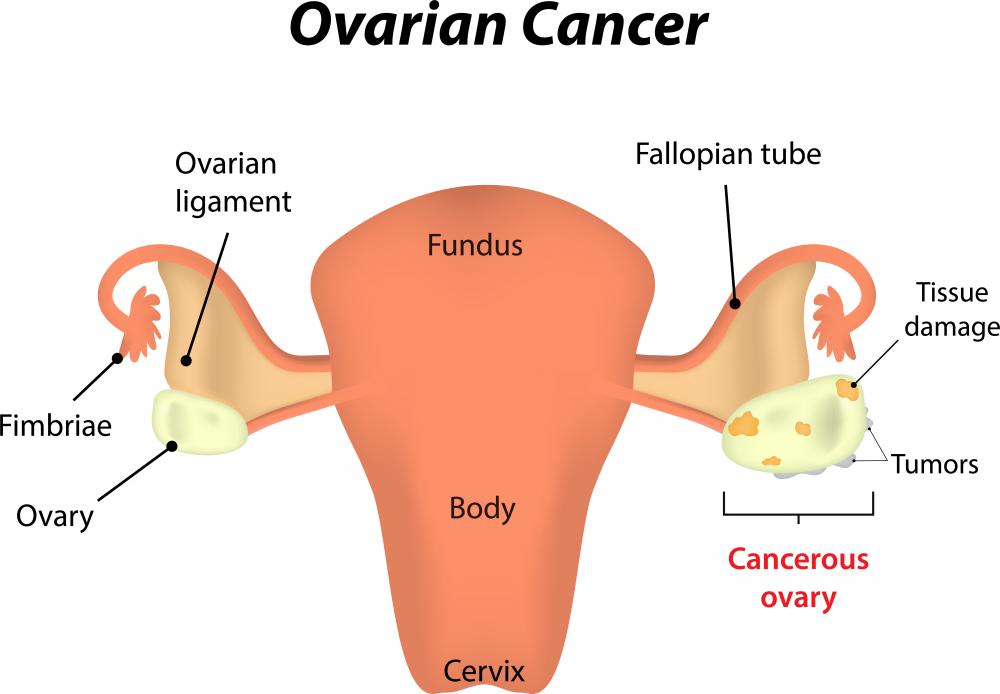At TheHealthBoard, we're committed to delivering accurate, trustworthy information. Our expert-authored content is rigorously fact-checked and sourced from credible authorities. Discover how we uphold the highest standards in providing you with reliable knowledge.
What Are the Symptoms of Eosinophilia?
Eosinophils are one of five different types of white blood cells that help the human body's immune system fight off infection. Usually very small in number in the bloodstream and found only in tissues of the gastrointestinal tract, the number of eosinophils can become elevated in a condition known as eosinophilia, where there are greater than 500 cells per milliliter of blood. Eosinophilia can be idiopathic — meaning the true cause is unknown, very rare or obscure — or more commonly secondary to another medical condition such as allergies, parasites, autoimmune diseases or neoplasms. Signs and symptoms of eosinophilia, therefore, are difficult to attribute to the elevated levels of eosinophils versus the underlying pathology of the secondary condition. Common symptoms of eosinophilia or secondary diseases can, however, be said to include hypoadrenalism, weakness, shortness of breath, rashes and dyspnea on exertion.
Allergies are one of the most common causes of symptoms of eosinophilia in the US. These allergies can range from hay fever, drug allergies or food allergies. Resulting signs and symptoms may include wheezing, rashes, and shortness of breath. In the developing world, parasitic infections are the most common cause of eosinophilia. Symptoms of eosinophilia in the developing world are often associated with those of a parasitic or fungal infection and develop into significantly serious conditions due to lack of treatment.

Parasitic and fungal infections common in the developing world and some areas of the US Southwest and northern Mexico — known as coccidioidomycosis or Valley Fever — are known to cause vasculitis or irritation and inflammation of the venous system. Another common cause of eosinophilia combined with vasculitis symptoms is known as Churg-Strauss syndrome. Either of these conditions can result in cholesterol embolisms, symptoms of eosinophilia that can range from death to symptoms of early strokes or transient ischemic attacks (TIAs).

Symptoms of eosinophilia also vary according to the body system affected by the primary medical condition. Different malignancies, for instance, can cause marked elevations of eosinophils. Hodgkin's lymphoma, ovarian cancers and some skin cancers are often initially detected by laboratory studies such as complete blood counts (CBCs). In these cases, presenting symptoms are usually those of the malignancy and side effects of chemotherapy or radiation treatment. Some studies have suggested that the elevated level of eosinophils can result in a higher incidence of untoward drug side effects or sensitivities to treating medicines.
AS FEATURED ON:
AS FEATURED ON:














Discuss this Article
Post your comments